Design Museum asks, ‘What does domestic design's past tell us about the future?’
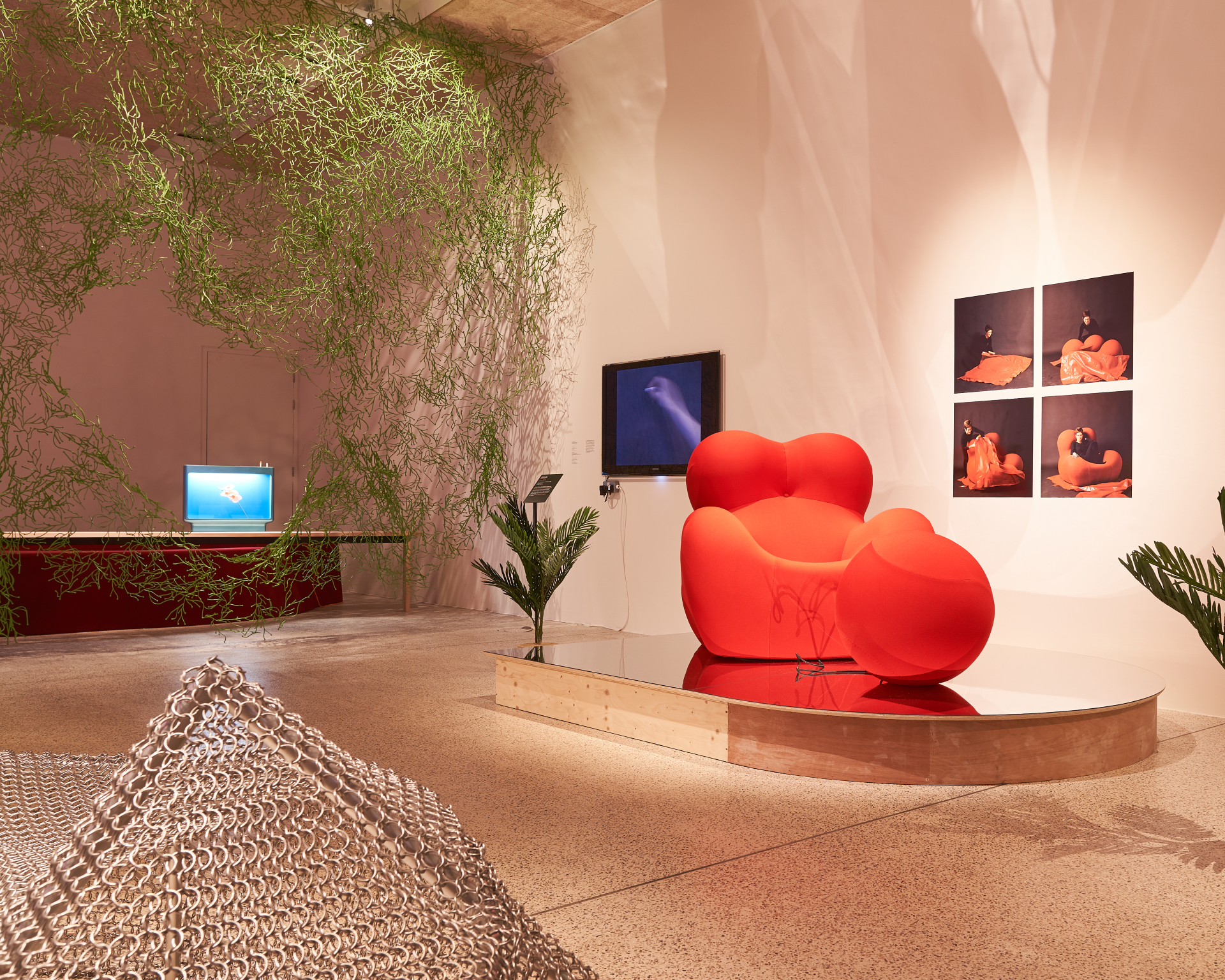
What has the past got to tell us about the future? That’s the question posed by the Design Museum’s upcoming show: ‘Home Futures’.
Curator Eszter Steierhoffer puts 20th century prototypes up against the latest innovations in domestic living, allowing visitors to wonder whether yesterday’s fantasies have become today’s reality (and which version of the future is better looking).
‘It became clear that a lot of the topics we’re dealing with today – lack of space in big urban centres, nomadic behaviours, tech in home, sustainability and self-sufficiency – are issues that were present throughout the 20th century,’ says Steierhoffer.
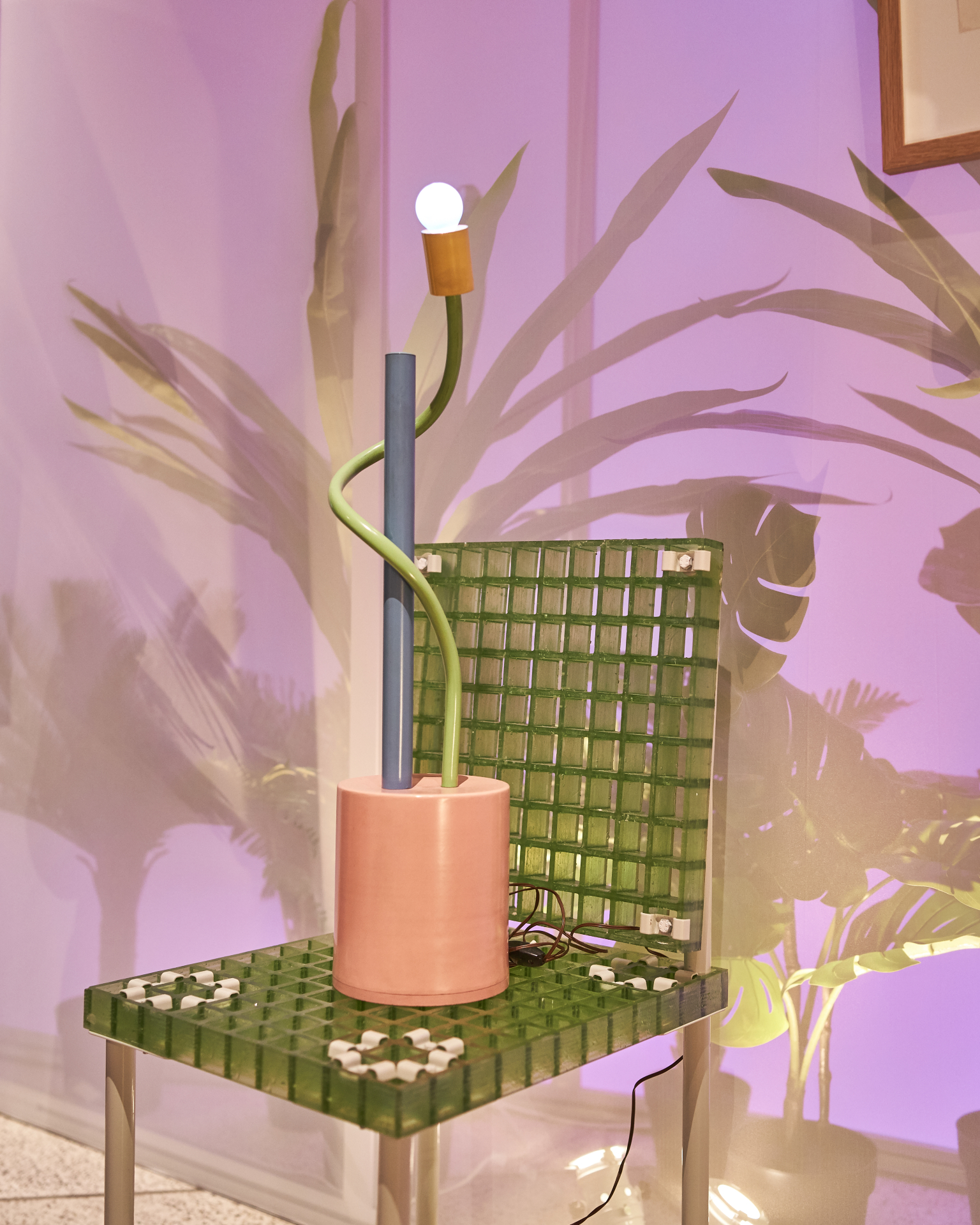
Sinerpica Angolosa by Michele De Lucchi, 1978
Steierhoffer’s jumping off point was MoMA’s 1972 show, ‘Italy: The New Domestic Landscape’. ‘In the 20th century, there was a special relationship with the future,’ she adds, ‘the future became the point of reference to determine the present.’
There are more than 150 objects and ‘experiences’ on display, including original furniture from the Smithsons’ 1956 House of the Future; original footage from the General Motors’ Kitchen of Tomorrow of the same year; and two delights from 1972: Ettore Sottsass’ Home Environment, and an original model of Joe Colombo’s Total Furnishing Unit.
And were these creatives’ vision of the future better looking than today’s efforts? That, says Steierhoffer, is very subjective. ‘21st century ideas look very different from an aesthetic point of view, and less futuristic. The most futuristic idea of the smart home today has midcentury furniture in it.’
New York-based architect SO-IL was tasked with creating an exhibition design that will display domestic behaviour in a museum context. Their solution: a number of areas zoned with semi-transparent mesh. Meanwhile, the graphics and catalogue are the work of London graphic design practice John Morgan Studio.
Come spring 2019, the show – which was organised in partnership with the IKEA Museum – will relocate to Älmhult, Sweden.
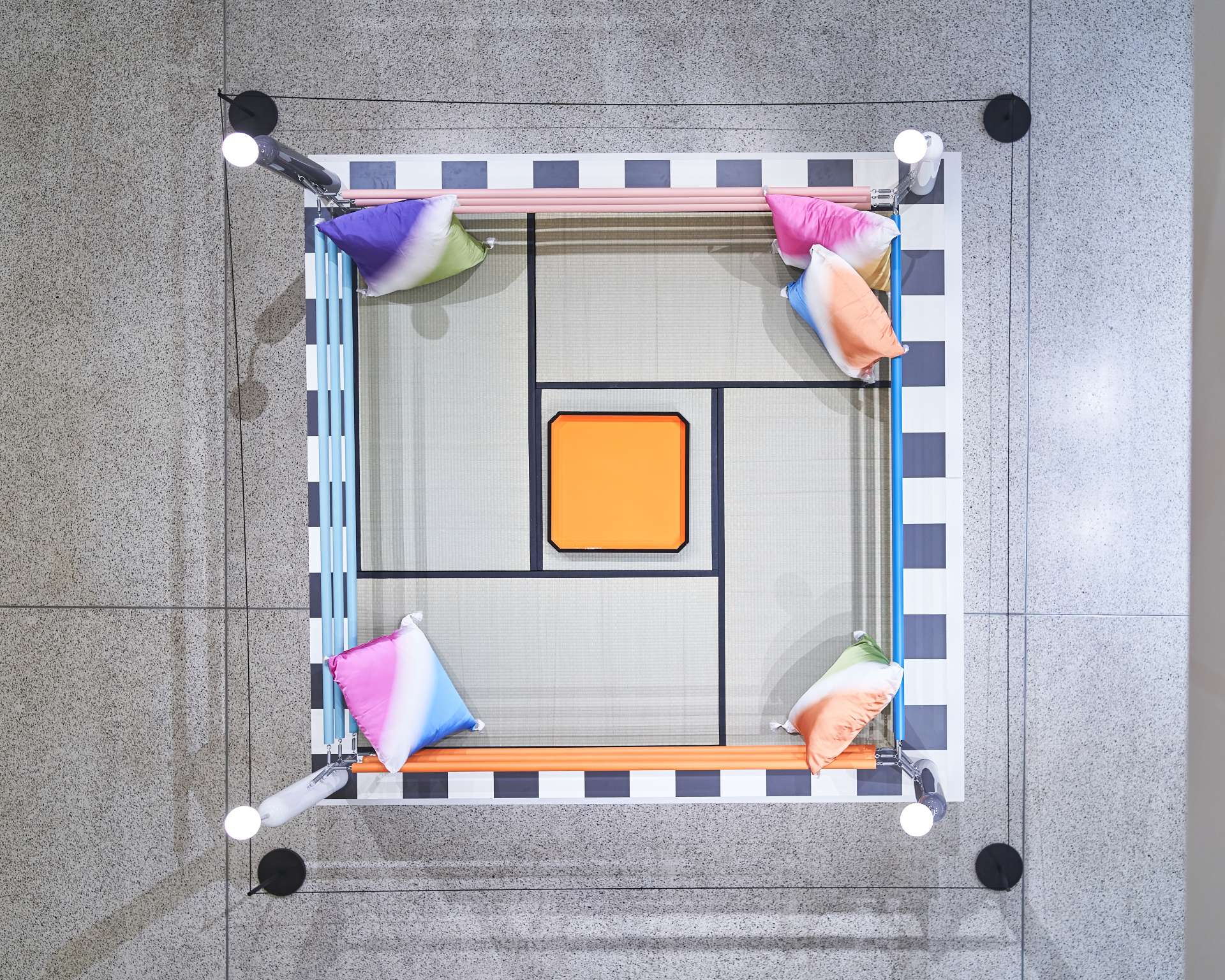
Installation view of 'Tawaraya' boxing ring by Masanori Umeda for Memphis,1981
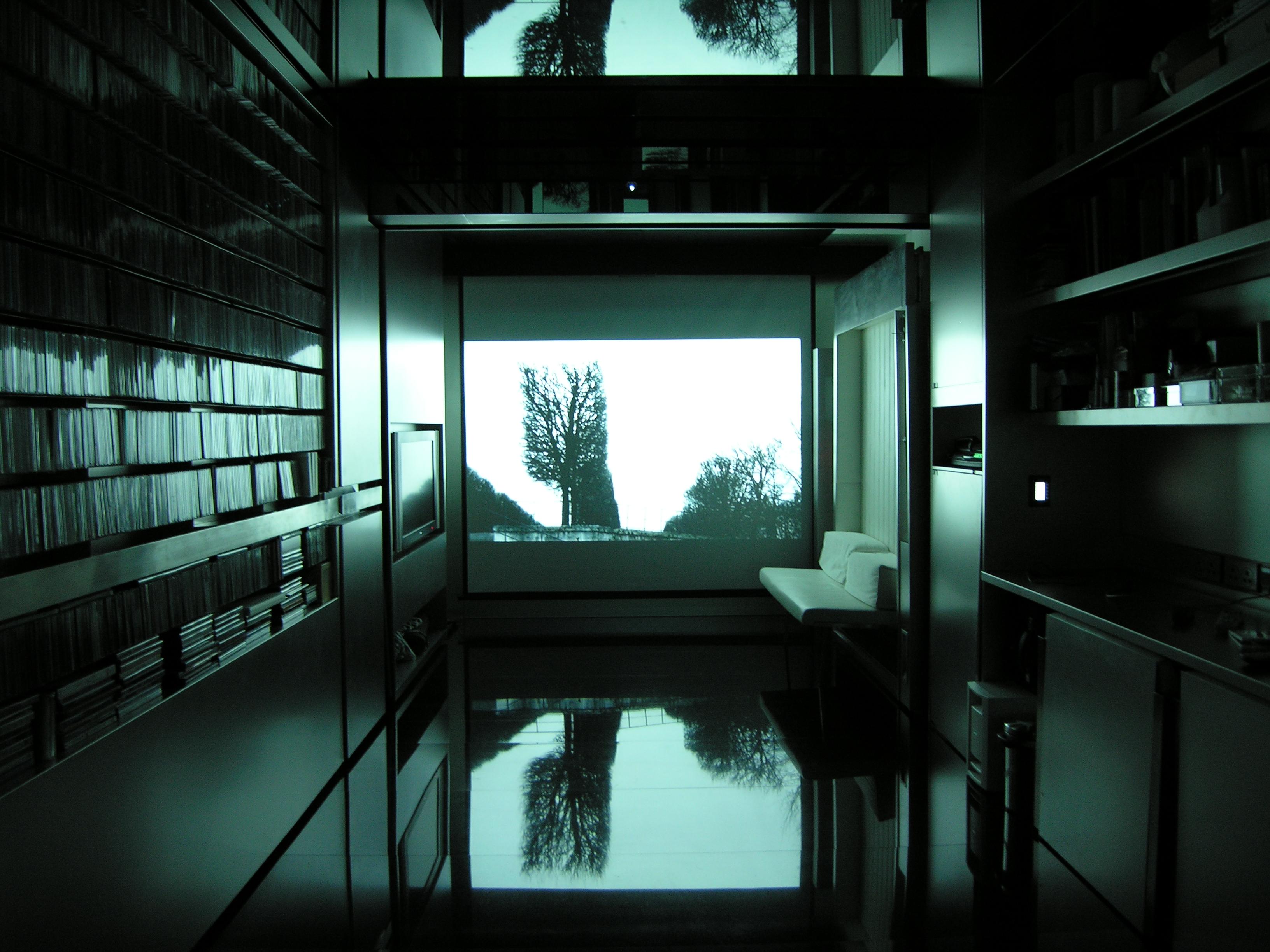
Domestic Transformer by Gary Chang, 2009. Photography: EDGE Design Institute Ltd
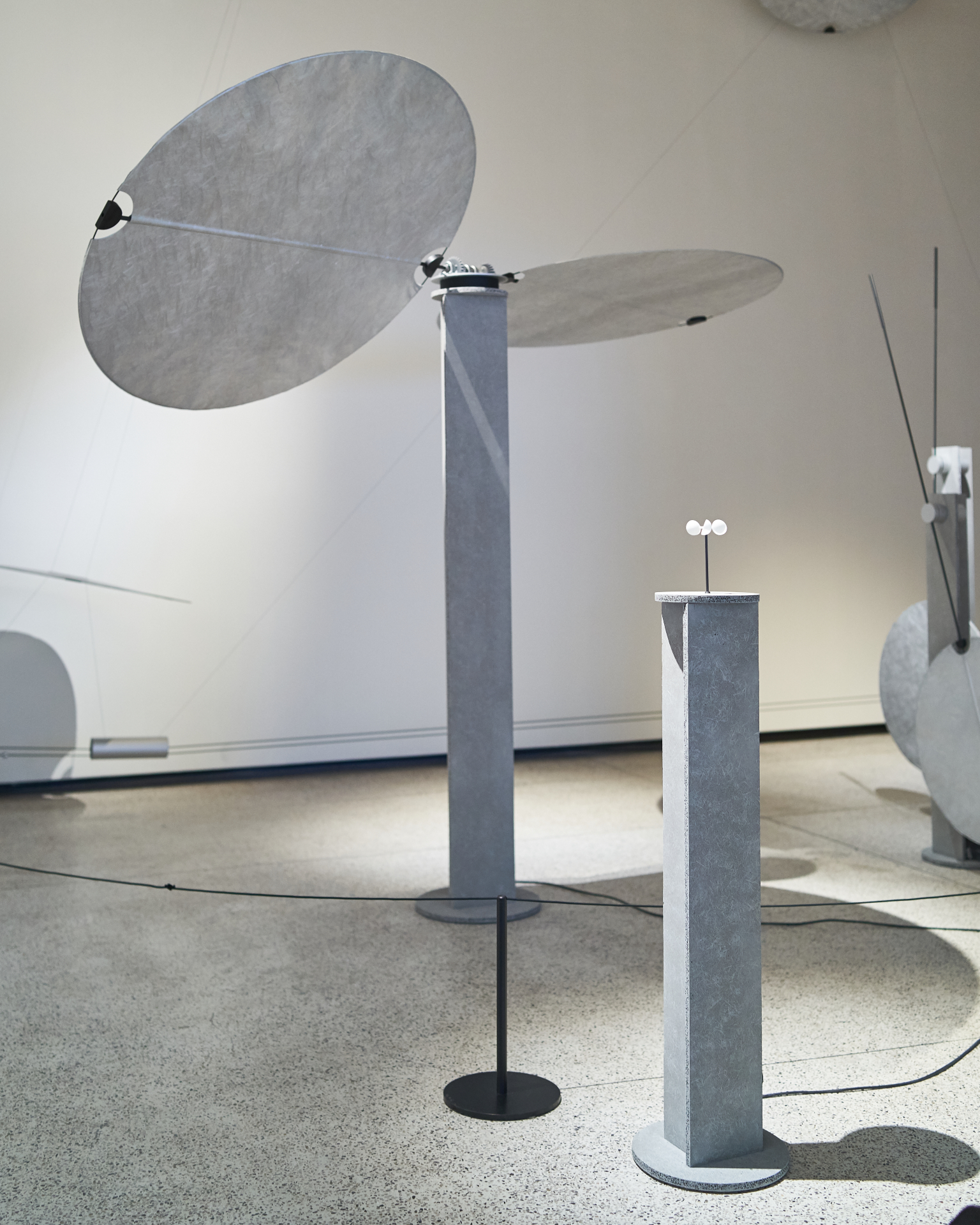
Installation view of Modularity is Interaction by Dimitri Bähler & Mathieu Rivier, 2015-18Â
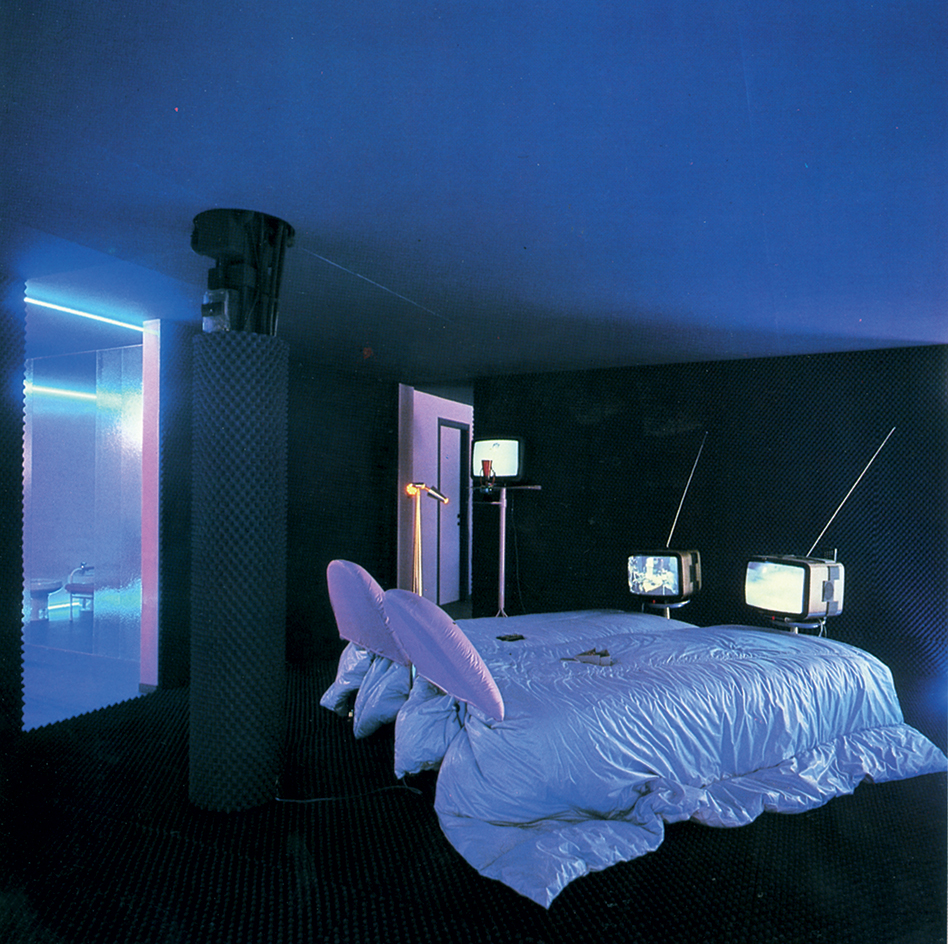
La casa telematica by Ugo la Pietra (1983), Courtesy Archivio Ugo La Pietra, Milano
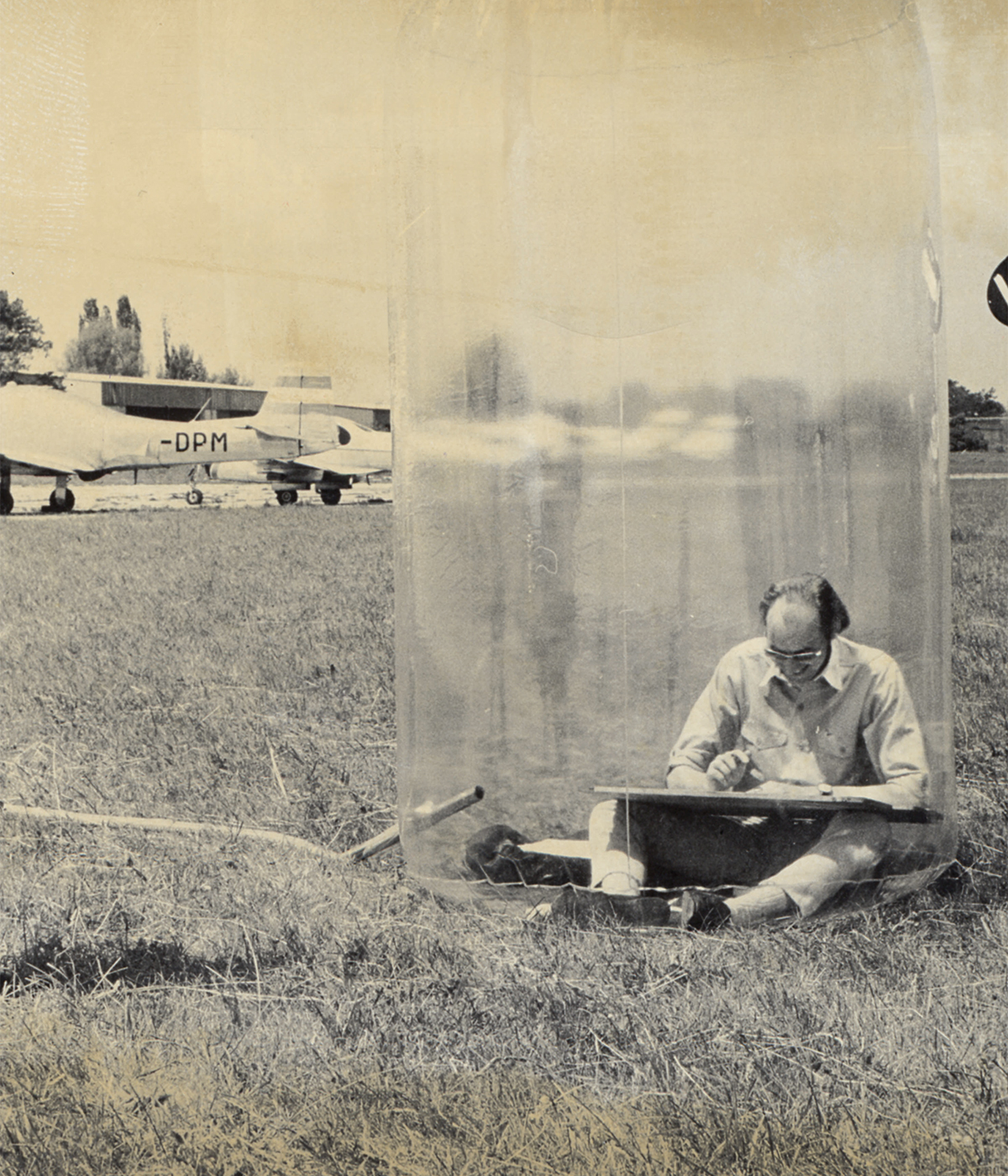
Hans Hollein in his 'Mobile Office' 1969. Photography: Gino Molin-Pradl. Copyright Private Archive Hollein
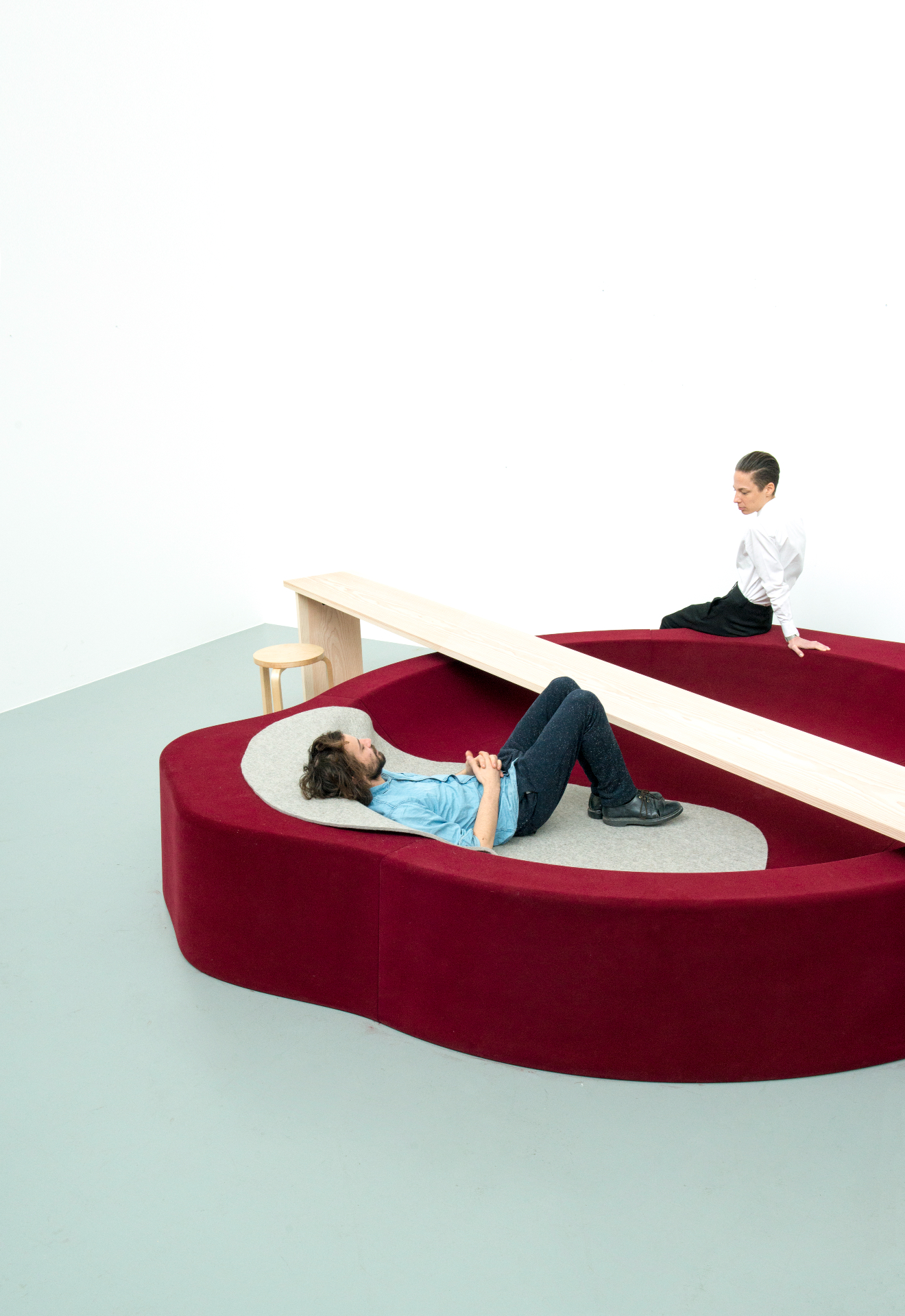
Lake by Ronan & Erwan Bouroullec, 2018. Courtesy Studio Bouroullec
INFORMATION
‘Home Futures’ is on view 7 November 2018 – 24 March 2019. For more information, visit the Design Museum website
ADDRESS
224-238 Kensington High Street
Kensington
London
W8 6AG
Receive our daily digest of inspiration, escapism and design stories from around the world direct to your inbox.
Clare Dowdy is a London-based freelance design and architecture journalist who has written for titles including Wallpaper*, BBC, Monocle and the Financial Times. She’s the author of ‘Made In London: From Workshops to Factories’ and co-author of ‘Made in Ibiza: A Journey into the Creative Heart of the White Island’.
-
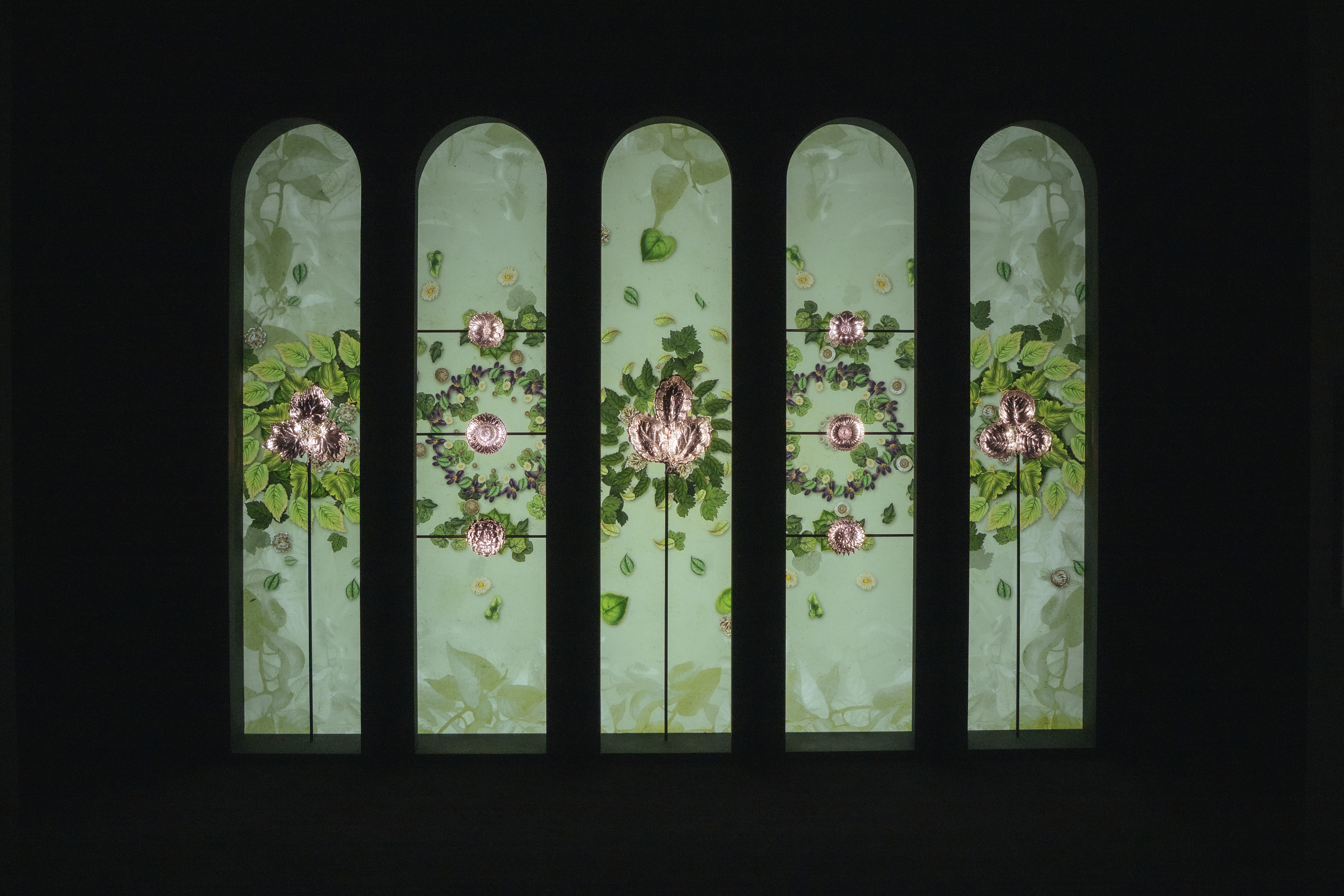 Dive into Buccellati's rich artistic heritage in Shanghai
Dive into Buccellati's rich artistic heritage in Shanghai'The Prince of Goldsmiths: Buccellati Rediscovering the Classics' exhibition takes visitors on an immersive journey through a fascinating history
-
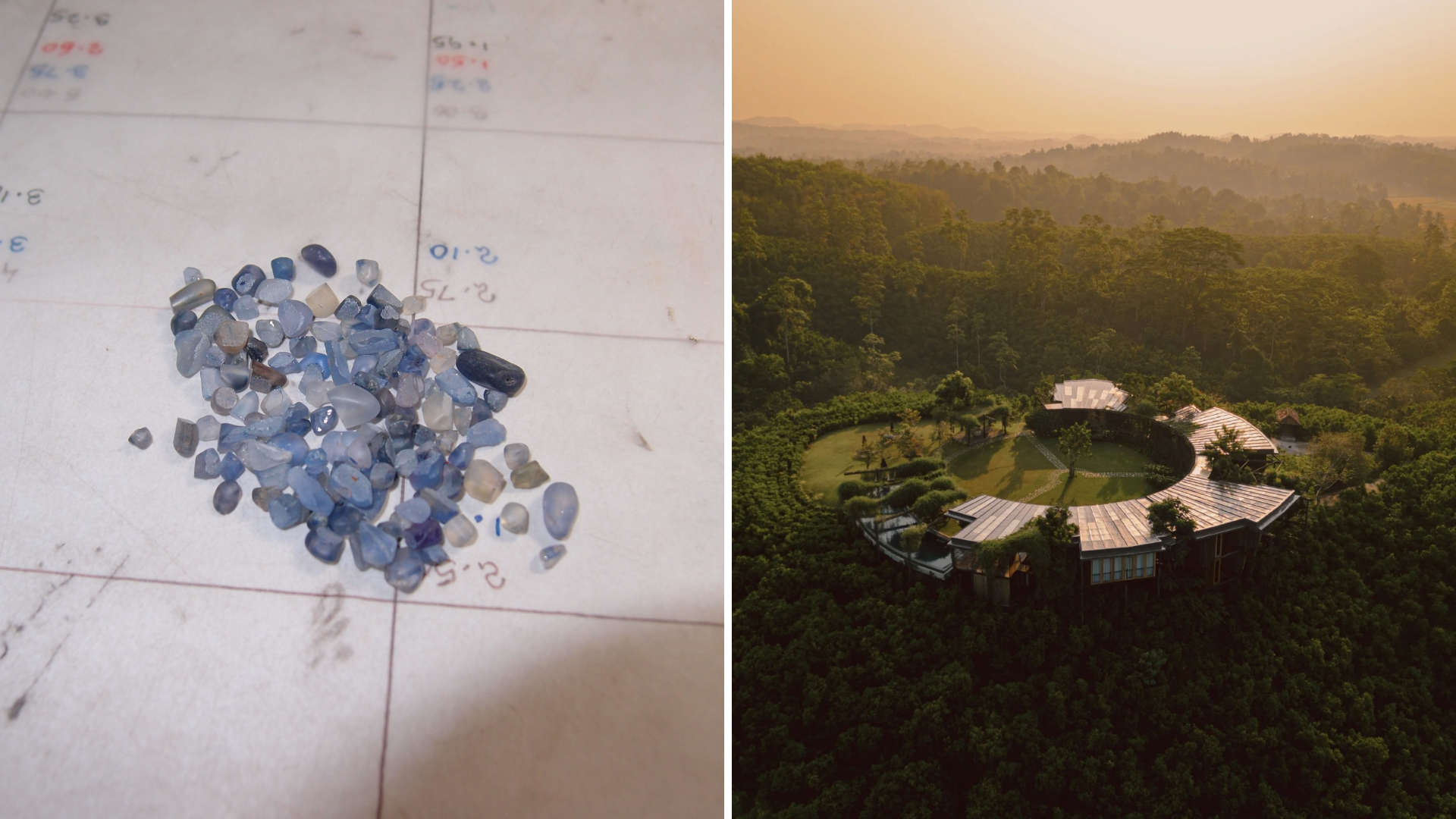 Love jewellery? Now you can book a holiday to source rare gemstones
Love jewellery? Now you can book a holiday to source rare gemstonesHardy & Diamond, Gemstone Journeys debuts in Sri Lanka in April 2026, granting travellers access to the island’s artisanal gemstone mines, as well as the opportunity to source their perfect stone
-
 The rising style stars of 2026: Connor McKnight is creating a wardrobe of quiet beauty
The rising style stars of 2026: Connor McKnight is creating a wardrobe of quiet beautyAs part of the January 2026 Next Generation issue of Wallpaper*, we meet fashion’s next generation. Terming his aesthetic the ‘Black mundane’, Brooklyn-based designer Connor McKnight is elevating the everyday
-
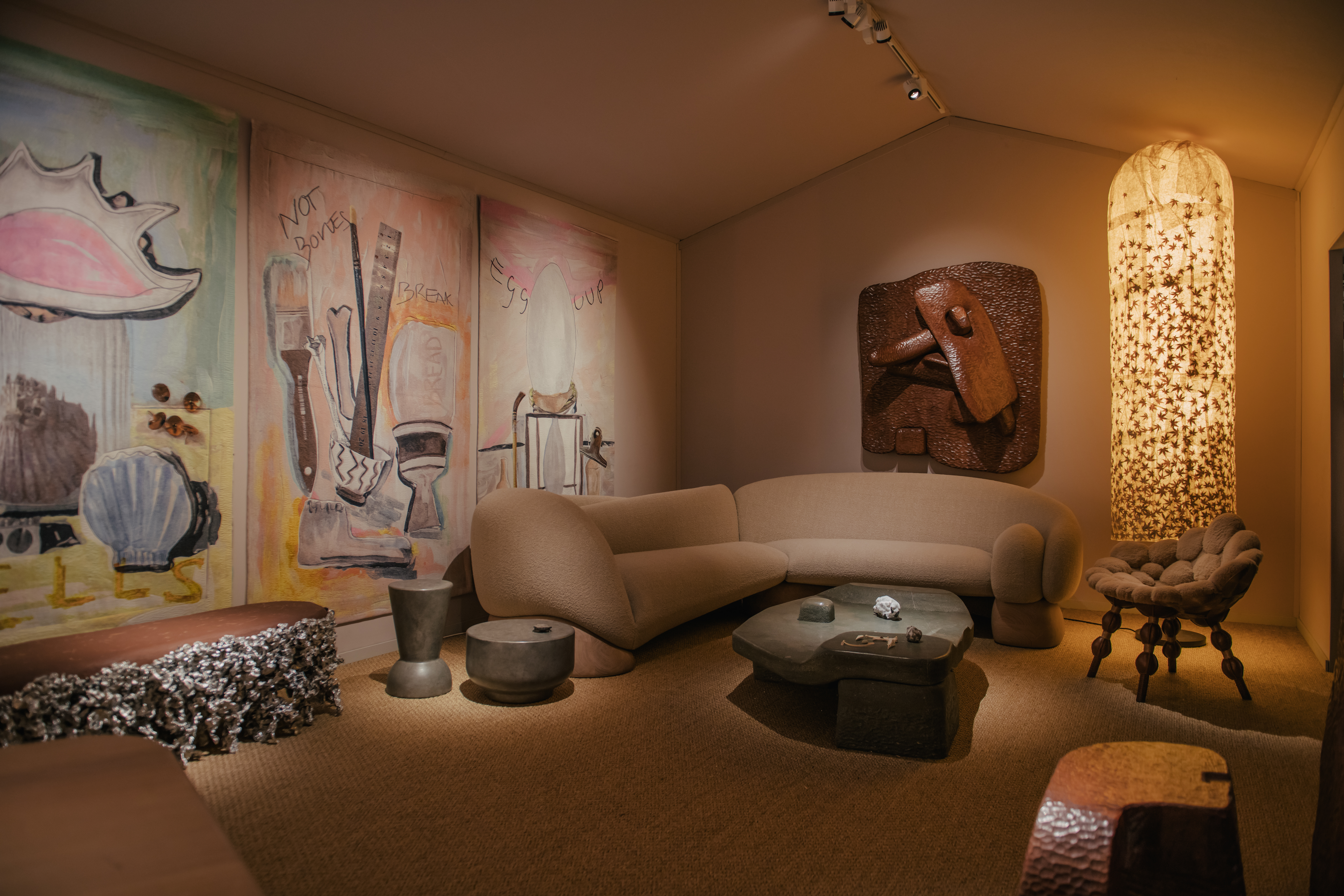 Step inside Faye Toogood's intimate cabinet of curiosities at PAD London
Step inside Faye Toogood's intimate cabinet of curiosities at PAD LondonFor PAD London 2025, (until 19 October) Faye Toogood presents The Magpie’s Nest with Friedman Benda
-
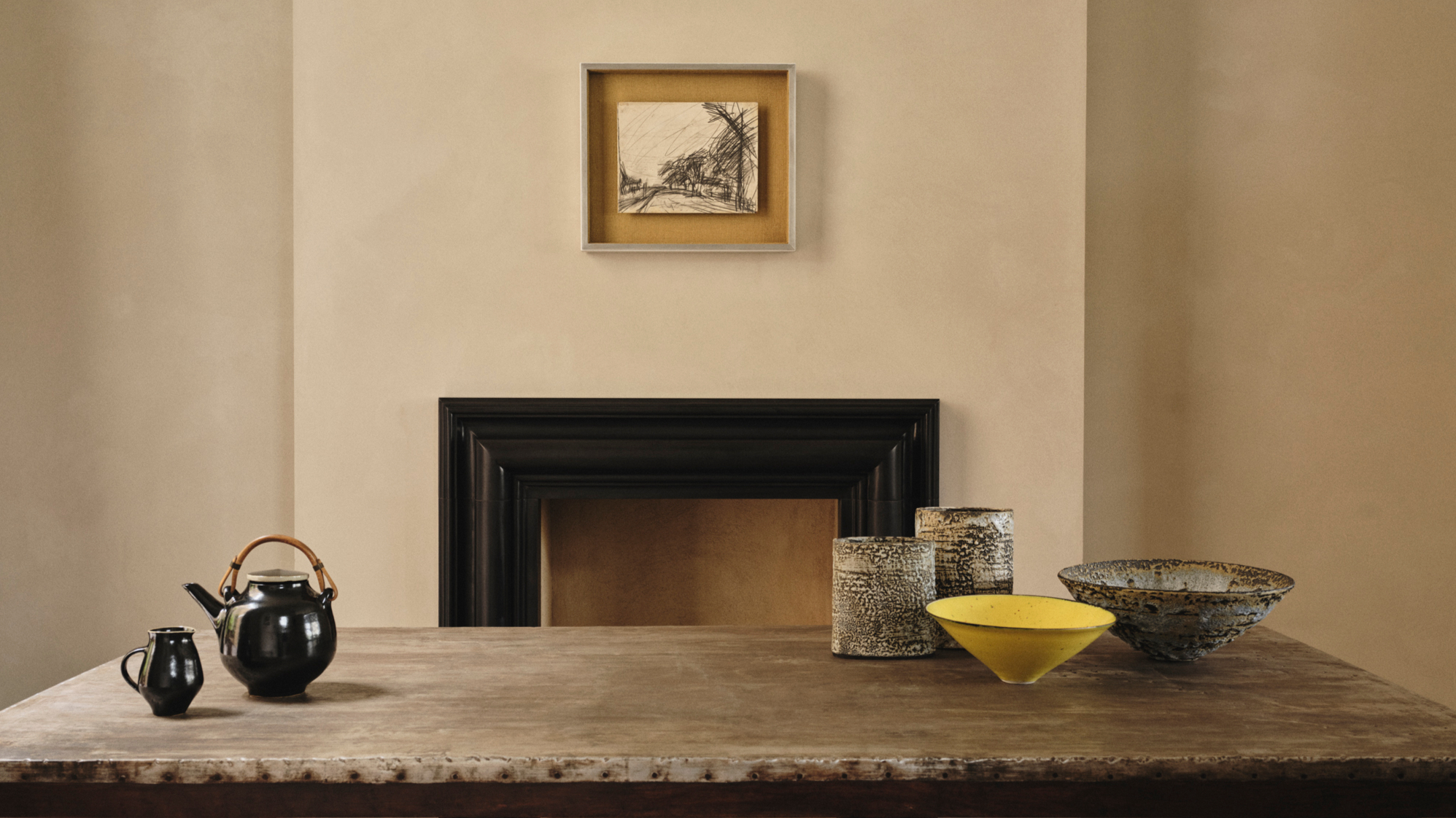 Rajan Bijlani opens his Primrose Hill home for ‘Electric Kiln’
Rajan Bijlani opens his Primrose Hill home for ‘Electric Kiln’In his London home – once the studio of ceramicist Emmanuel Cooper – Rajan Bijlani stages ‘Electric Kiln’, uniting Frank Auerbach, Lucie Rie and Cooper in an intimate reflection on the creative spirit of postwar London
-
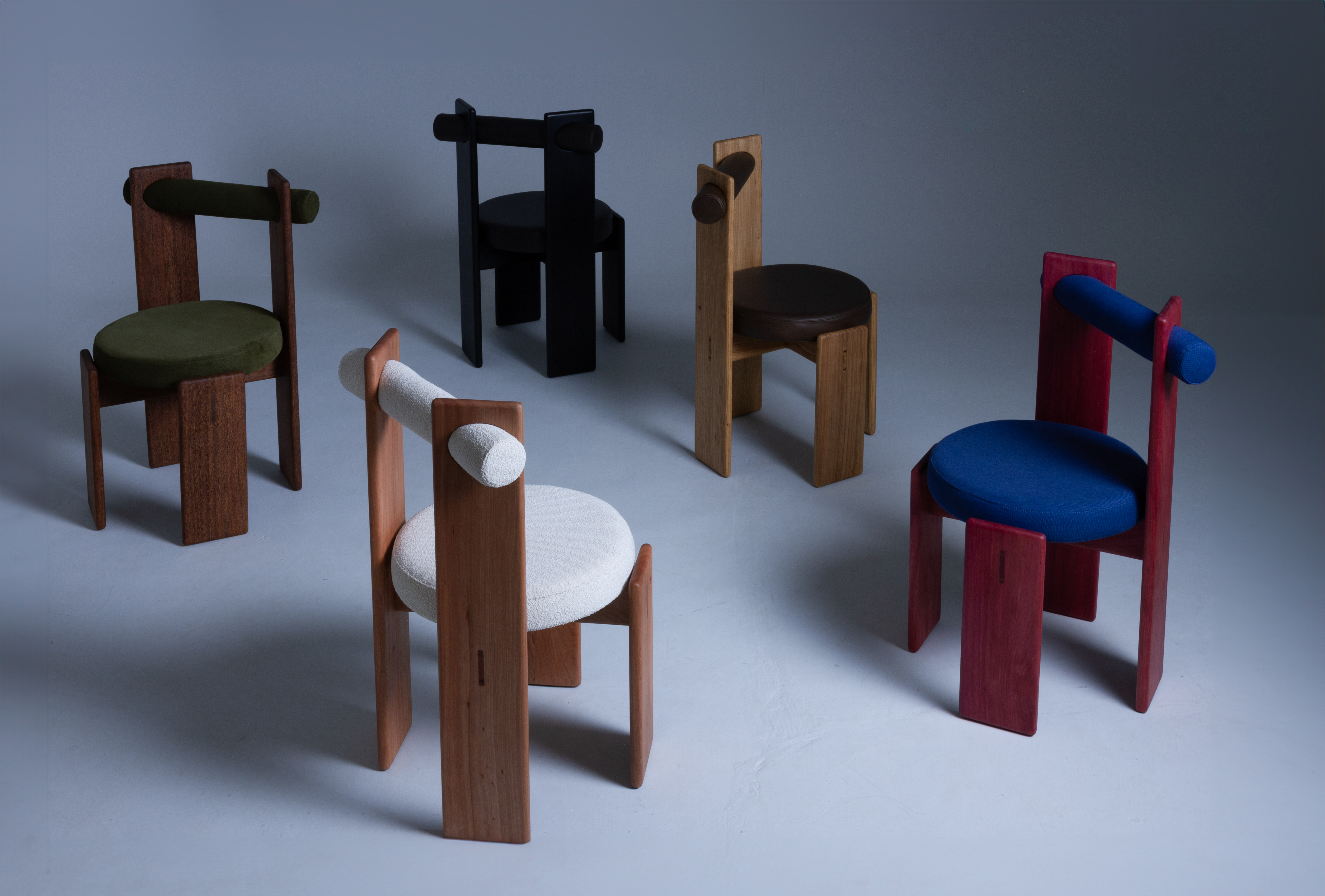 These are the design exhibitions to see in London during Frieze Week
These are the design exhibitions to see in London during Frieze WeekWe round up the best design events happening in London in conjunction with Frieze Week 2025: discover collectible design and craft across the city
-
 Norman Foster and nine other architects design birdhouses for charity – you can bid
Norman Foster and nine other architects design birdhouses for charity – you can bid‘Architects for the Birds’ is spearheaded by Norman Foster and the Tessa Jowell Foundation to raise funds to improve treatment for brain cancer. Ten architect-designed birdhouses will go up for auction
-
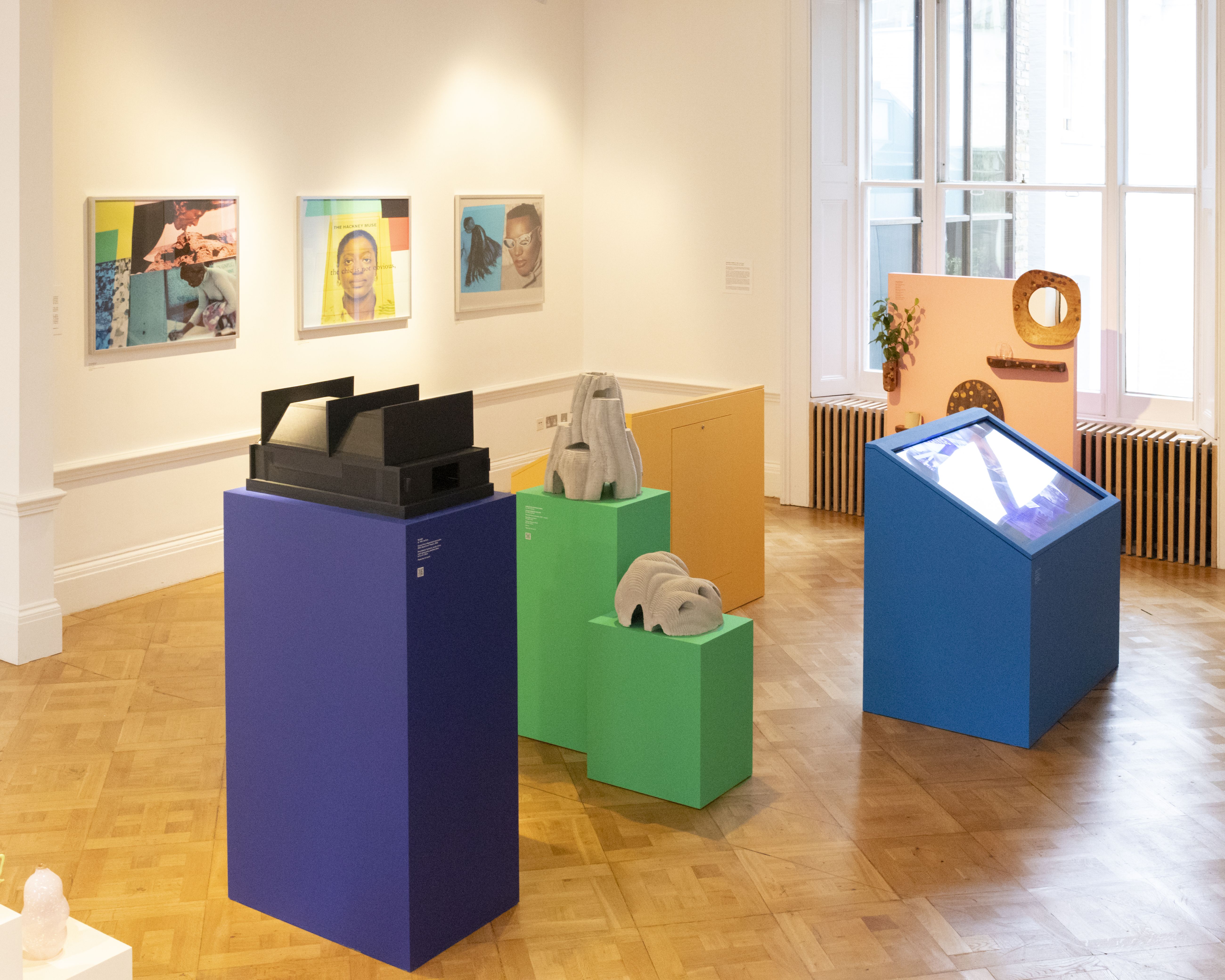 The David Collins Foundation celebrates creativity in all its forms at London Design Festival
The David Collins Foundation celebrates creativity in all its forms at London Design FestivalThe David Collins Foundation presents ‘Convergence’ at the Lavery during London Design Festival 2025 (on view until 19 September), featuring works from the Arts Foundation’s annual Futures Awards
-
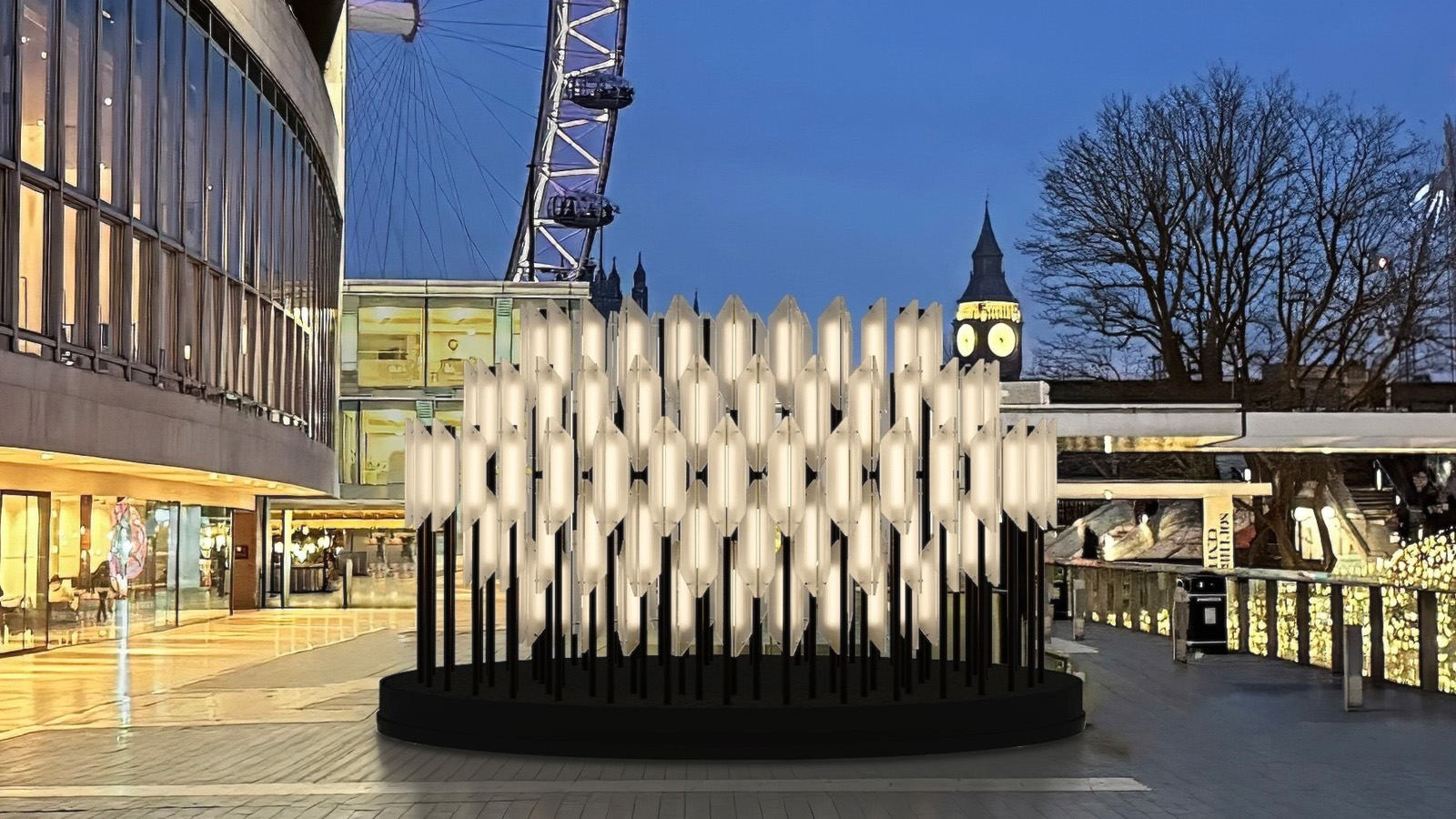 Lee Broom’s brutalist-inspired ‘Beacon’ will light up London as Big Ben strikes the hour
Lee Broom’s brutalist-inspired ‘Beacon’ will light up London as Big Ben strikes the hourSet to pulse through London Design Festival 2025 (13-22 September) and beyond, the British industrial designer’s sculptural light installation on the South Bank draws on its surroundings
-
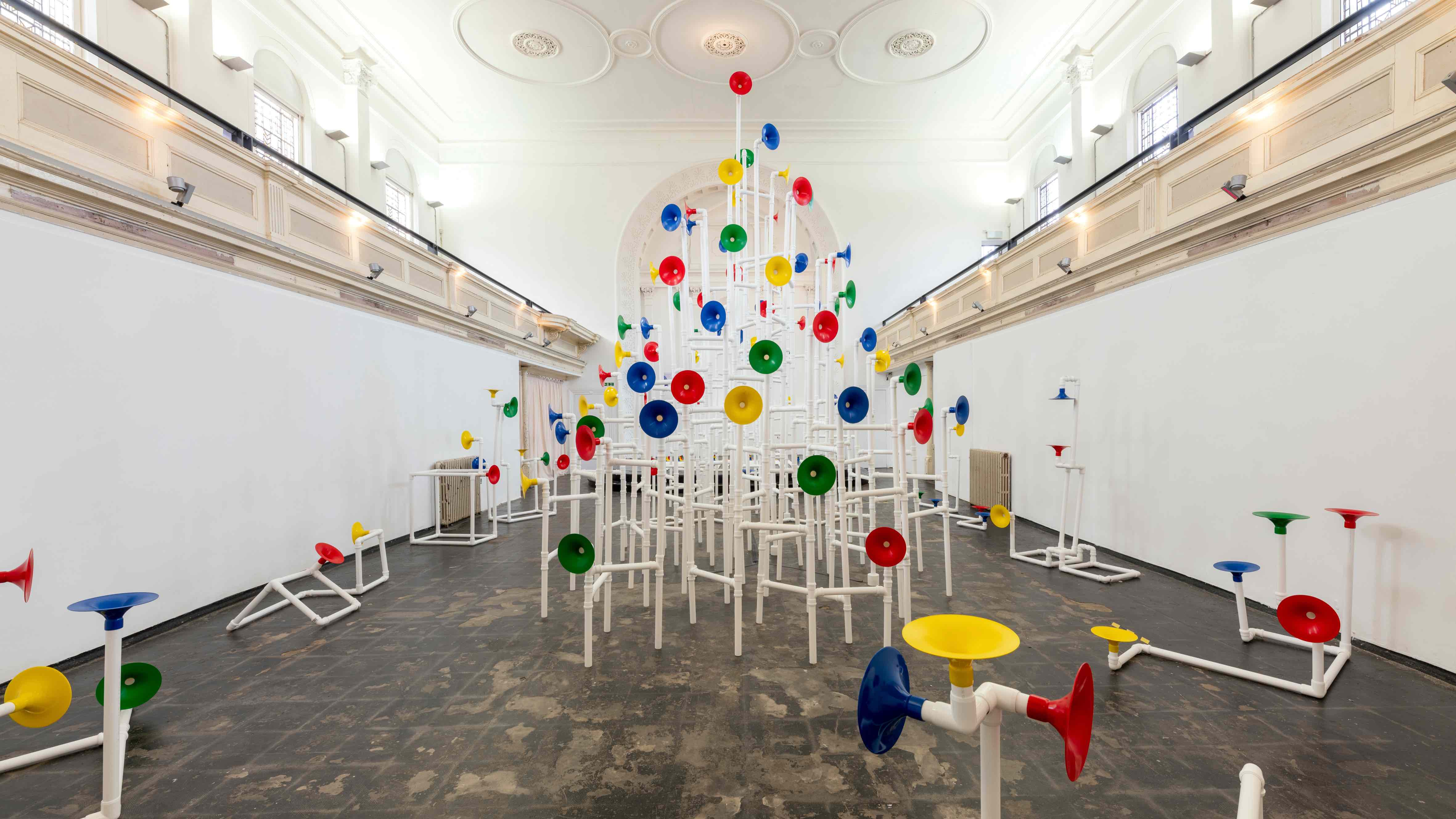 Yuri Suzuki turns sound into architecture at Camden Arts Projects
Yuri Suzuki turns sound into architecture at Camden Arts ProjectsThe sound designer unveils ‘Utooto’, an interactive installation at London’s Camden Arts Projects (until 5 October 2025), in which visitors collaboratively build a sonic piece of architecture
-
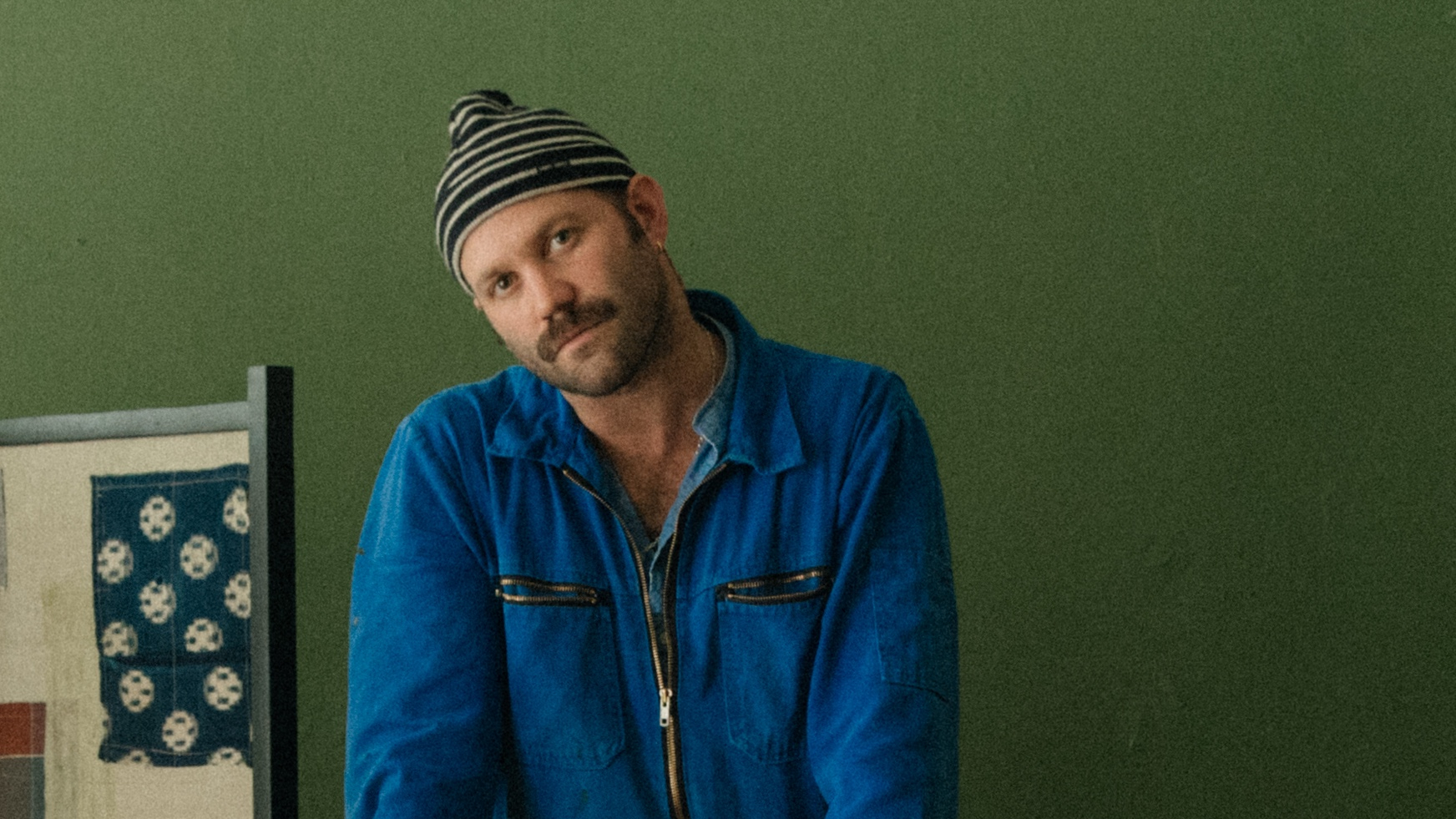 Alex Tieghi-Walker unveils his plans for Brompton Design District 2025
Alex Tieghi-Walker unveils his plans for Brompton Design District 2025Ahead of London Design Festival 2025, we catch up with New York gallerist Alex Tieghi-Walker about his appointment as curator of the Brompton Design District programme